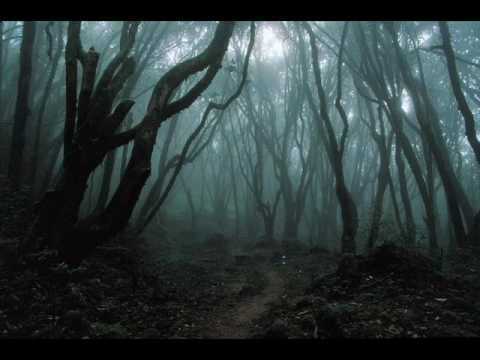What do you think?
Rate this book


48 pages, Paperback
First published January 1, 1835



On the Sabbath-day, when the congregation were singing a holy psalm, he could not listen, because an anthem of sin rushed loudly upon his ear, and drowned all the blessed strain. When the minister spoke from the pulpit, with power and fervid eloquence, and with his hand on the open Bible, of the sacred truths of our religion, and of saint-like lives and triumphant deaths, and of future bliss or misery unutterable, then did Goodman Brown turn pale, dreading lest the roof should thunder down upon the gray blasphemer and his hearers. Often, awaking suddenly at midnight, he shrank from the bosom of Faith, and at morning or eventide, when the family knelt down at prayer, he scowled, and muttered to himself, and gazed sternly at his wife, and turned away.



Woe unto you, scribes and Pharisees, hypocrites! for ye are like unto whited sepulchres, which indeed appear beautiful outward, but are within full of dead men's bones, and of all uncleanness. (Matthew 23:27)